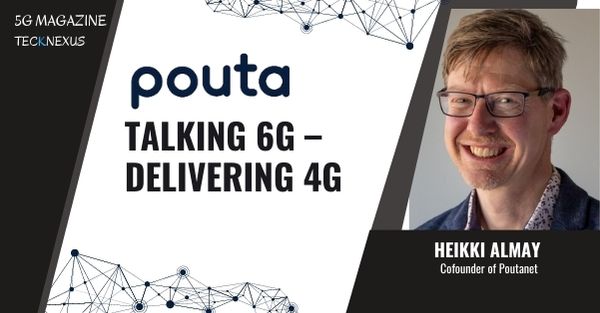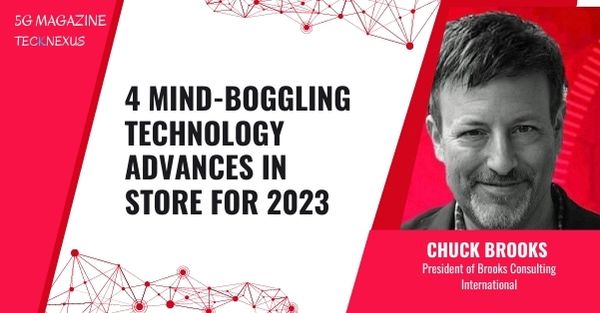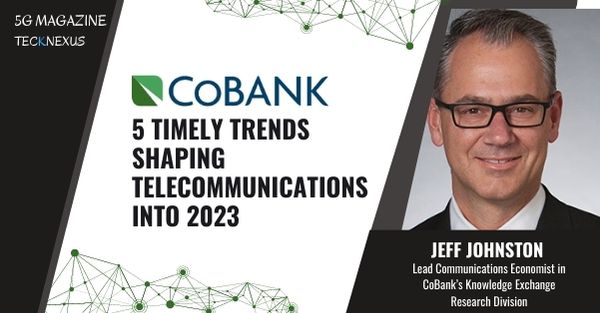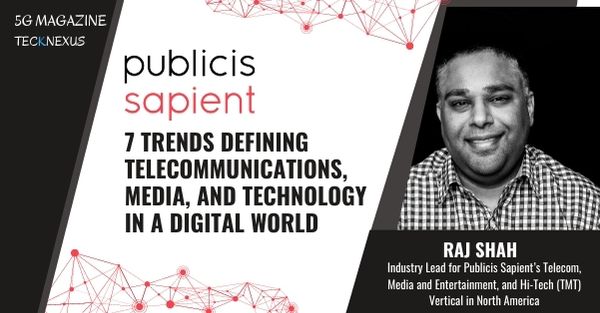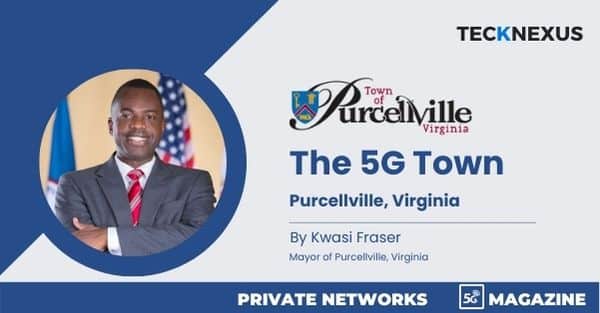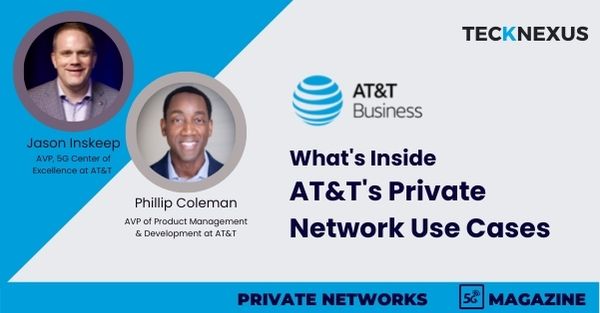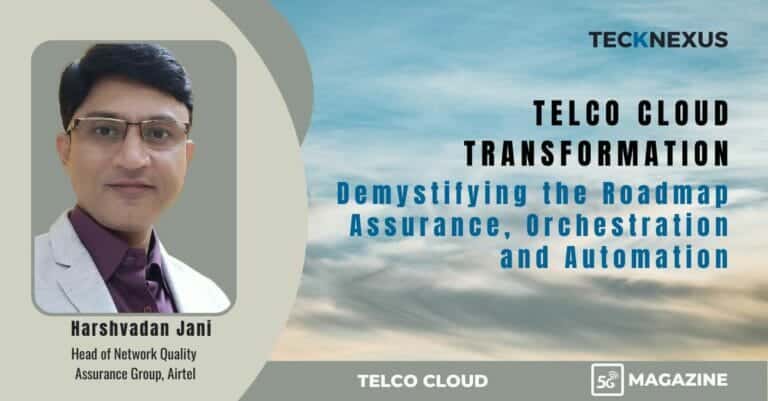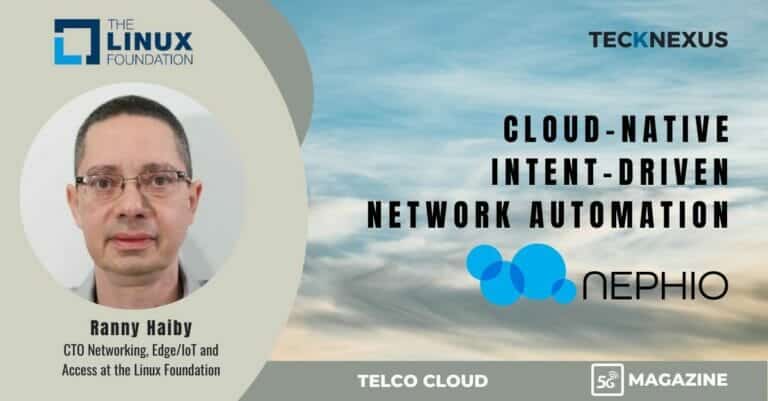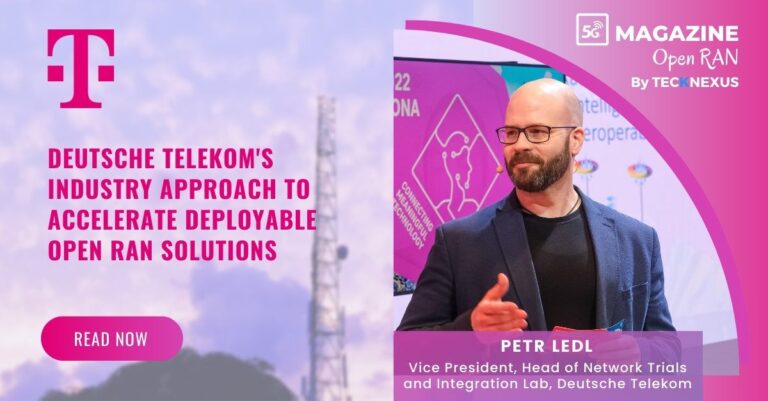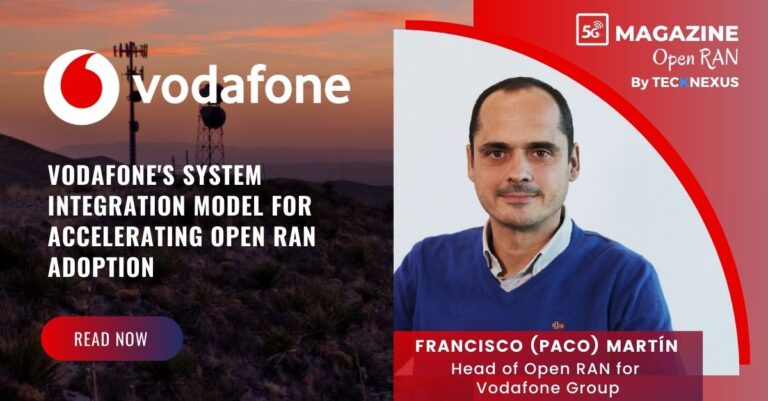- Article & Insights
- November 10, 2024
By the end of 2023, we are likely to consider covid and the sudden spikes in inflation that set limits to consumption as being history. Many of us may have less spare money than before, but we get used to it over time. Also, the climate crisis won’t go away, but it’s time to be optimistic again.



